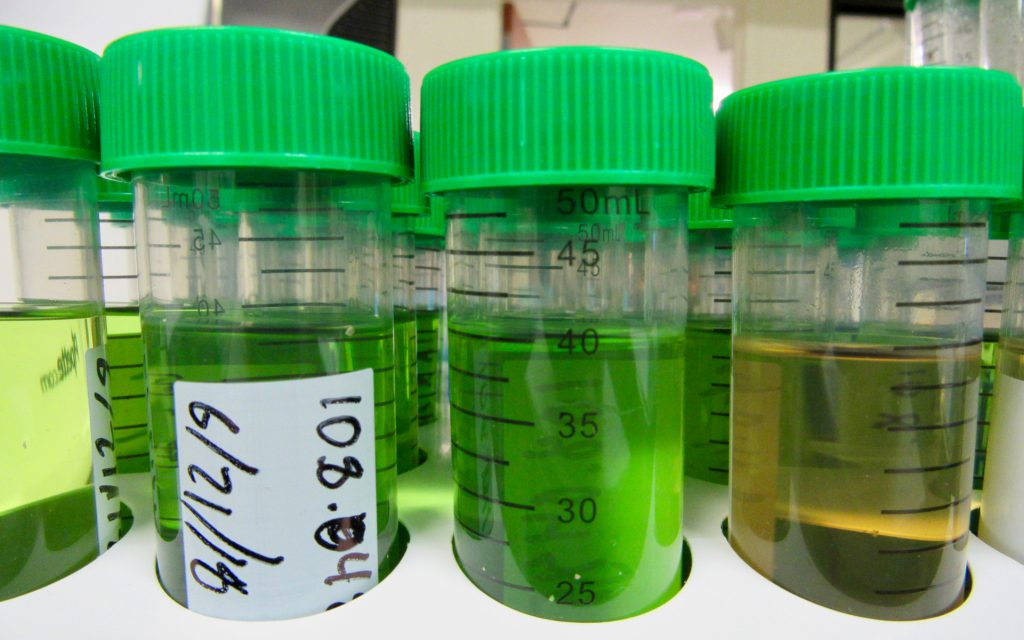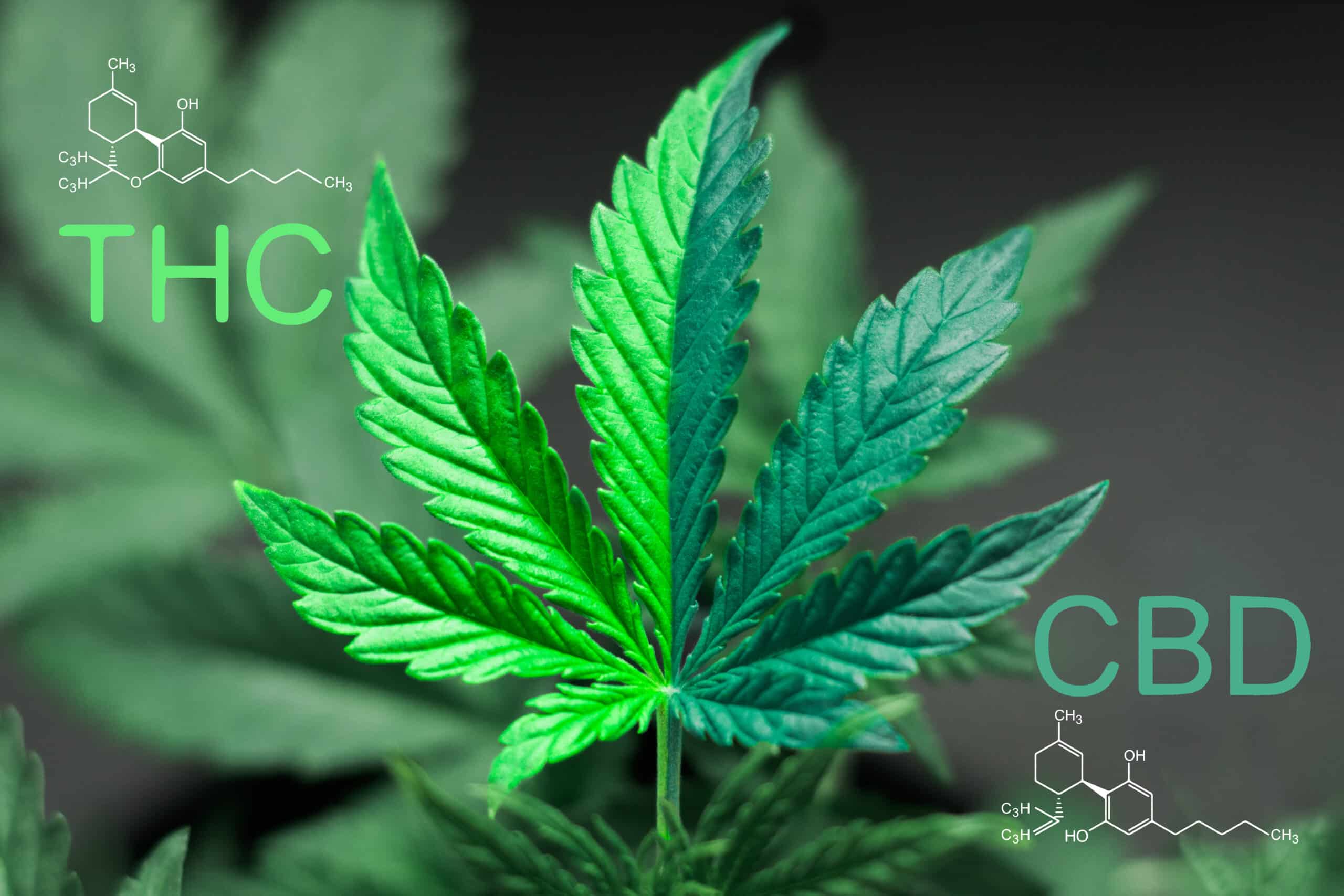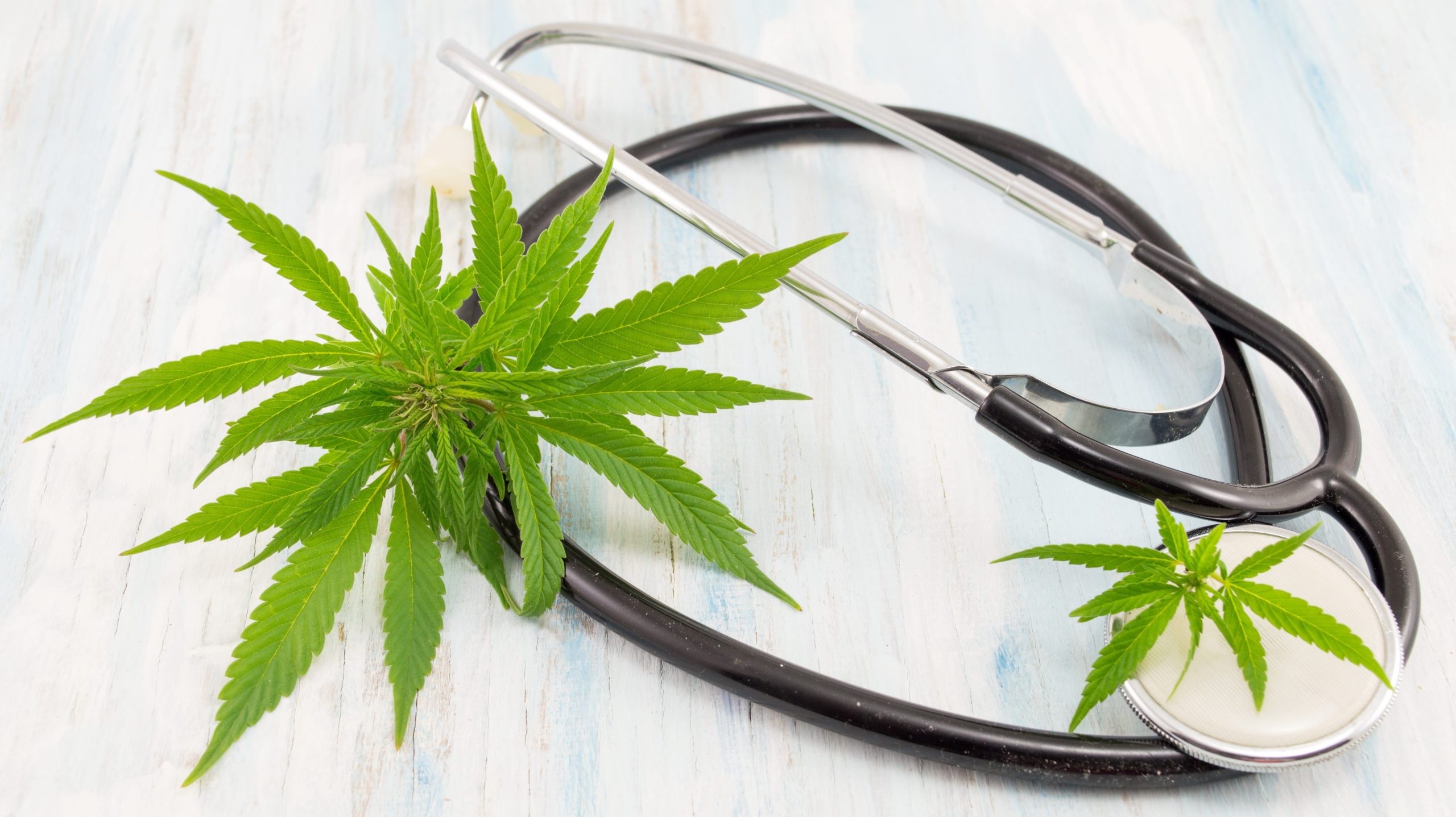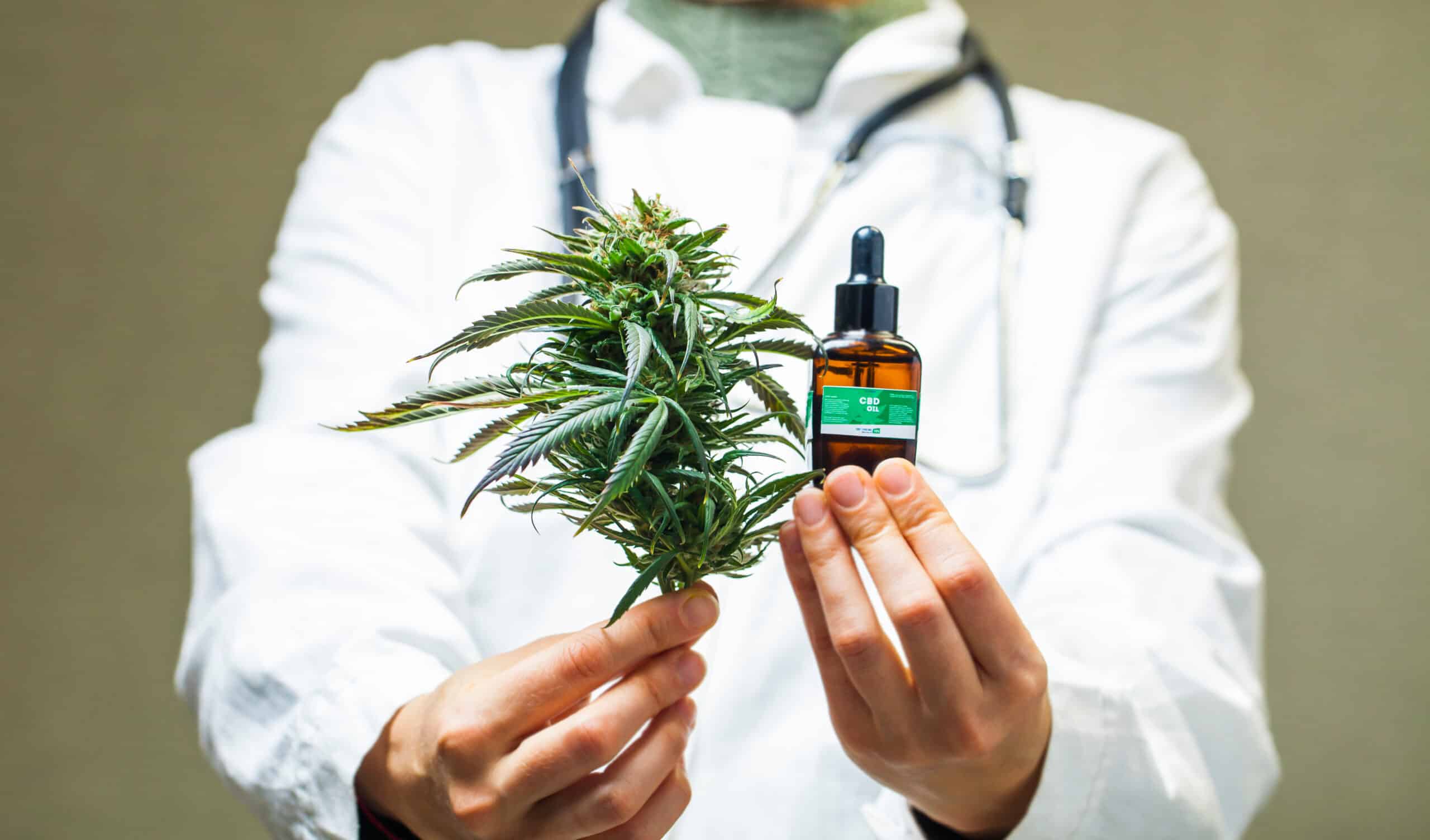In brief: Legal cannabis gets tested for heavy metals in most states. That’s good because we know weed sucks up metals from the ground. And now, researchers have published a link between cannabis use and metal exposure among a group of smokers from 2005 to 2018. Read the details below.
By Nate Seltenrich
What’s in McGraw’s marijuana metal study of 2023?
Cannabis sativa is what scientists call a hyperaccumulator. Plants in this class, of which there are more than 700 (other members include sunflowers, barley, and tobacco) accumulate metals from soil, water, and fertilizers at levels hundreds or thousands of times greater than average. But a new study suggests some of those metals may also be accumulating in the bodies of cannabis users—arguably driven by contamination in the illicit markets.
Researchers with New York’s Columbia University sifted through a massive database from the US Centers for Disease Control’s long-running National Health and Nutrition Examination Survey to determine whether cannabis users had higher levels of any of 17 different metals in their blood or urine. They analyzed data from 2005 to 2018 representing 7,254 participants who reported on their diet, health, demographics, and drug use, and provided single blood and urine samples.
The researchers couldn’t tell what kind of weed was used, where it came from, or even where participants lived. However, they did adjust for other factors that affect exposure to and excretion of metals, including race/ethnicity, age, sex, education, and seafood consumption.
Related
Why is it so important to test cannabis products?
Among the study group, researchers found that cannabis-only users had on average 27% higher levels of lead in their blood than non-users of both cannabis and tobacco. Furthermore, cannabis-only users had 21% more lead in their urine than those who abstained. Researchers also found elevated levels of cadmium in cannabis users, even controlling for tobacco use. Weed-only partakers in the study set had 22% more cadmium in their blood than the average abstainer.
These findings reinforce why legal states require that cannabis be tested for metals. Failed batches must be destroyed or remediated, and states routinely conduct recalls on any mistakenly released products that fail subsequent safety testing. The streets do not issue recalls. In June and July 2023, Oregon recalled flowers testing hot for cadmium, mercury, and arsenic.
Legal tobacco contamination is worse than illicit cannabis
Minute amounts of either lead or cadmium can affect human health. The US Environmental Protection Agency considers any lead exposure dangerous and has classified cadmium as a probable human carcinogen.
Shop highly rated dispensaries near you
Showing you dispensaries near
None of the other 15 elements evaluated in the study—including arsenic, cobalt, manganese, and mercury—showed a clear causal association with cannabis use. And tobacco users proved far worse off. Their urinary cadmium levels were three times higher than those of exclusive cannabis users, for example, while their blood lead levels were 26% higher.
Exclusive tobacco use was also associated with elevated levels of antimony, barium, tungsten, and uranium. (Legal cannabis generally undergoes far more stringent testing than tobacco.)
Study ‘a tremendous contribution’
The study appeared in late August in Environmental Health Perspectives, an open-access journal published through the United States National Institutes of Health.
It stands out as one of very few to date to look at real-world associations between cannabis use and exposure to environmental contaminants, says Maxwell Leung, an assistant professor of pharmacology and toxicology at Arizona State University who has researched cannabis contaminants but was not affiliated with the new study.
“It’s a tremendous contribution to our understanding of this public health issue.”
… 2005 to 2018 represents a time when few Americans had access to cannabis screened for safety by a certified testing lab.
Yet the research’s relevance to ongoing exposures is somewhat unclear. That’s because the study period of 2005 to 2018 represents a time when few Americans had access to cannabis screened for safety by a certified testing lab.
Today nearly half of Americans live in a state where adults can buy legal weed tested for pesticides, solvents, microbes, and metals. In many of these states—including California, the nation’s largest legal marijuana market since sales began in January 2018—cannabis flower must contain less than 0.5 parts per million (ppm) lead and 0.2 ppm cadmium.
But the fact is that most smokers still are not buying from tested sources – and in some legal states the illicit market reigns. In the country’s biggest market, California, an estimated two out of three cannabis dollars are spent in the illegal market where growers don’t test for anything.
Next steps: Test legal vs. illegal weed exposures
More research is required to sort all this out, says Robert Thomas, a Maryland-based analytical chemist, and cannabis testing consultant who was not affiliated with the research.
“Two of the most toxic elements known to mankind showed up in the blood and urine of regular cannabis users. I think that tells us something,” he said. “But we need to look at more data, we need to look at different subsets, and we need to look at different states, to see if there’s any difference.”
Senior author Tiffany Sanchez, an assistant professor of environmental health sciences at Columbia University, said a follow-up study comparing blood metals among cannabis users by state is already in the works. Her group also intends to look at metal contamination of untested CBD products.
“[Cannabidiol] is federally legal, but it’s not regulated by the FDA or the USDA,” Sanchez says. “So the big question I have is, how clean is it?”

Another new paper confirms lead and cadmium aren’t the only contaminants consumers of untested cannabis should be concerned about.
Published in the Journal of Cannabis Research in August, it reports that among 24 samples of illicit cannabis seized by Canada authorities, 22 tested positive for pesticide residues. Police found 23 different chemicals in 22 samples, with an average of 3.7 pesticides per sample—some at strikingly high levels.
… the 92% detection rate in illegal cannabis is appalling.
Maxwell Leung, assistant professor of pharmacology and toxicology, Arizona State University
However, among 36 samples of licensed cannabis tested only two contained chemical residues: A single hit each for the fungicide myclobutanil and the herbicide dichlobenil, both at very low levels.
It’s another case of buyer beware, says Leung.
“I believe this is the only study in the literature so far to compare pesticide contaminants in legal versus illegal cannabis. Although the sample size is small, the 92% detection rate in illegal cannabis is appalling.”









































